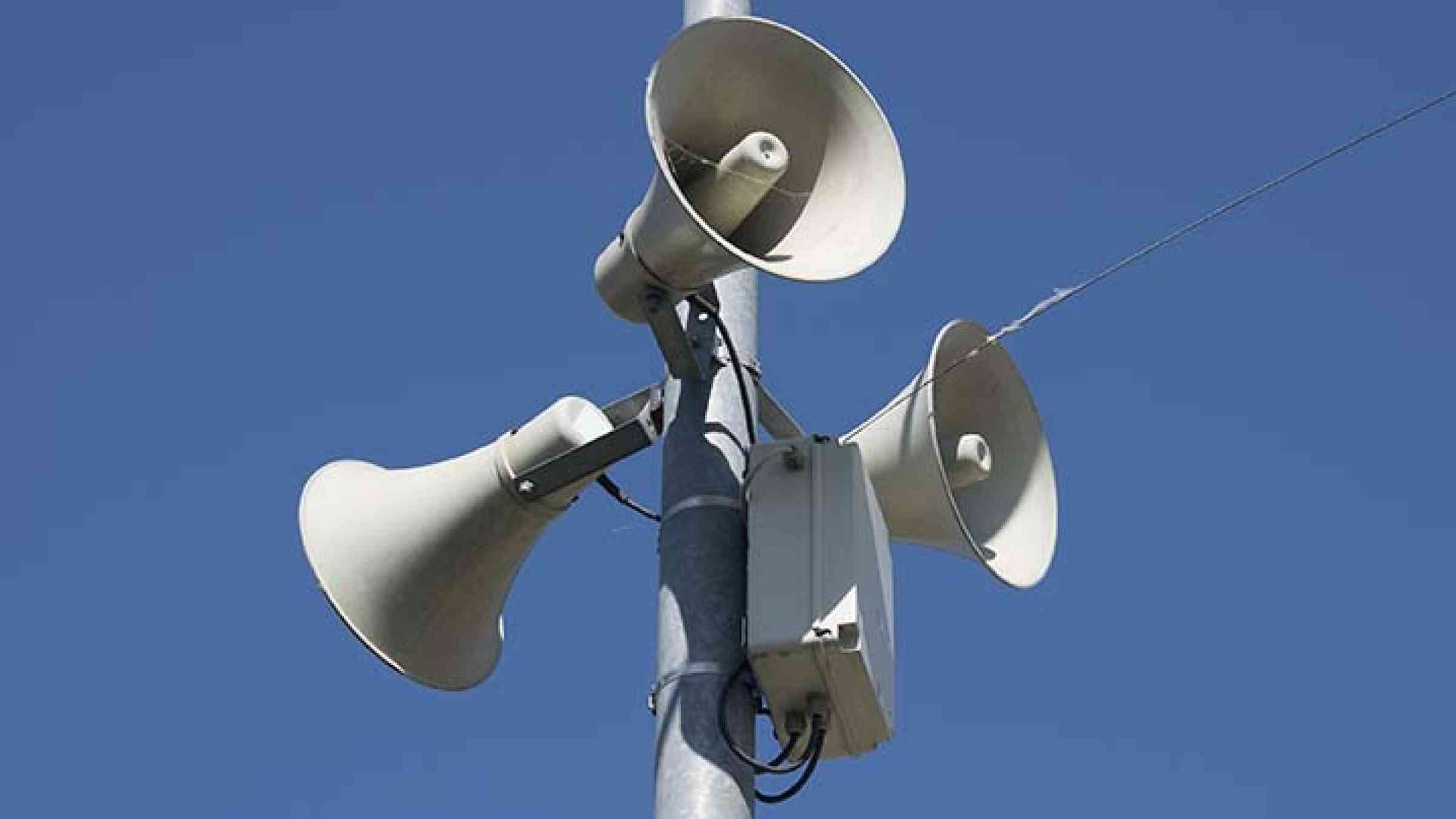Staying ahead of disaster: Mapping early warning systems in Central Asia

In Central Asia, disaster risks are escalating.
Over the past 30 years, 140 natural hazards have affected over 10 million people and caused US$3.7 billion in damages. These disasters often have transboundary impacts, threatening an additional 40 million people. The projected climate change will worsen the situation, increasing the frequency and intensity of extreme weather events, further challenging resilience-building efforts and exacerbating vulnerabilities in the affected communities.
There is an urgent need for comprehensive risk reduction strategies. Early warning systems (EWS) provide relevant information for timely actions to protect lives, livelihoods and communities, minimize damages and losses, and support long-term sustainability. An effective early warning can save lives and reduce damage by 30 per cent if activated 24 hours before an event, offering a ten-fold return on investments.
The 2023 IPCC report highlights multi-hazard early warning systems as crucial for disaster risk management and adaptation. Despite this, one-third of the global population lacks timely and effective EWS coverage. An investment of $800 million in developing countries could prevent annual losses of $3--16 billion. There has been progress in investing in EWS systems, but there are gaps, including a lack of community-based systems, ineffective communication and the failure to tailor systems to local contexts.
Essentials of the early warning systems stakeholders
An early warning system value chain is a chain of expertise and information sources linked together to generate and share information. This ensures effective responses to potential threats and allows information to flow in both directions. In this regard the stakeholders play a pivotal role, working together to bolster resilience, ensure swift responses and safeguard communities from disasters.
UNDP and UNDRR recently conducted a mapping exercise of early warning system stakeholders across Central Asia to help support a transformational shift in how systems are perceived and integrated into broader resilience-building efforts. We identified stakeholders (local/national/regional/international; state bodies/institutions, regional/local governments, research and development entities, academia, private sector, NGOs, etc.), assessed their influence and strategized ways to build trust and cooperation.
What challenges did we find? Many disaster risk management systems are still reactive, not proactive. Early warning processes are often fragmented, and poorly integrated into countries' development strategies and policies for risk-informed decision-making. There is a lack of anticipation of new and emerging risks, insufficient monitoring and forecasting, and limited financial and technological support. Early warning communication and dissemination are often unclear, especially for the most vulnerable. Impact-based forecasting is still in the early stages, and there is insufficient involvement from the private sector and media.
Addressing these issues is crucial for more effective disaster response and resilience. Nevertheless, there are many successful examples of advancing the early warning systems in the region, both on national and cross-border levels:
- Tajikistan is the inaugural country in Central Asia to roll out the Early Warnings for All (EW4ALL) Initiative, which focuses on improving disaster risk knowledge, monitoring and forecasting, warning dissemination, and communication, preparedness and response (the four pillars). A national road map is being developed to enhance and expand the country's early warning system.
- The Center for Emergency Situations and Disaster Risk Reduction is leading regional efforts to develop an integrated early warning system for disaster threats in Central Asia. This system will incorporate the national systems of the five countries to provide warning and alerts for earthquakes and other disasters. Additionally, the emergency authorities from these countries have appealed to the UN Secretary-General to support the regional system and reaffirm their commitment to the EW4ALL initiative.
- Uzbekistan is modernizing its multi-hazard early warning system in the Ferghana Valley, introducing impact-based forecasting and forecast-based financing. By shifting from reactive to proactive warnings, the system will deliver actionable weather forecasts to users, setting a new standard for effective early warning systems and disaster risk management.
- The Climate Change and Resilience in Central Asia project is boosting stability and climate resilience in the Ferghana Valley across Kyrgyzstan, Tajikistan and Uzbekistan. By 2024, it plans to establish community-based early warning systems and improve last-mile communication with all community members Its Second High-Level Dialogue on Climate Change and Resilience in Central Asia emphasized the importance of early warning systems, sharing best practices and fostering regional cooperation and partnerships.
- The Central Asian Flood Early Warning System) is a virtual platform for data exchange and weather forecasting to manage cross-border weather, climate and water risks. It helps decision-making in weather-sensitive sectors, promotes regional cooperation and supports climate adaptation and risk reduction efforts.
The way forward
We are at the midpoint of realizing the Sendai Framework for Disaster Risk Reduction, which includes a global target to substantially increase the availability of and access to multi-hazard early warning systems and disaster risk information to people by 2030. Governments must invest in technology, stable funding and having skilled people on board to create and enhance multi-hazard early warning systems. This involves developing strategies and governance arrangements across all four pillars.
The insights gleaned from our stakeholder mapping exercise are crucial for strengthening the early warning system value chain.
We need to enhance policies and regulations, create inclusive institutional frameworks, and involve communities in decision-making. Better understanding and anticipating risks, collecting accurate data, and upgrading monitoring and forecasting services are essential steps. Additionally, designing clear and accessible warnings and ensuring comprehensive preparedness - with communities - are vital for timely and effective response.
By fortifying each step, we can mitigate climate and disaster risks, protect communities, and build a resilient future for all.
Building on the significant outcomes of these efforts, we have launched a similar initiative in the Western Balkans. Stay tuned for updates and results from this new endeavour.
Download the mapping exercise publication
This article was written by Vasko Popovski, M.A., International Consultant on disaster risk management and Chiara Menchise, Risk Knowledge Officer, UN Office for Disaster Risk Reduction (UNDRR).